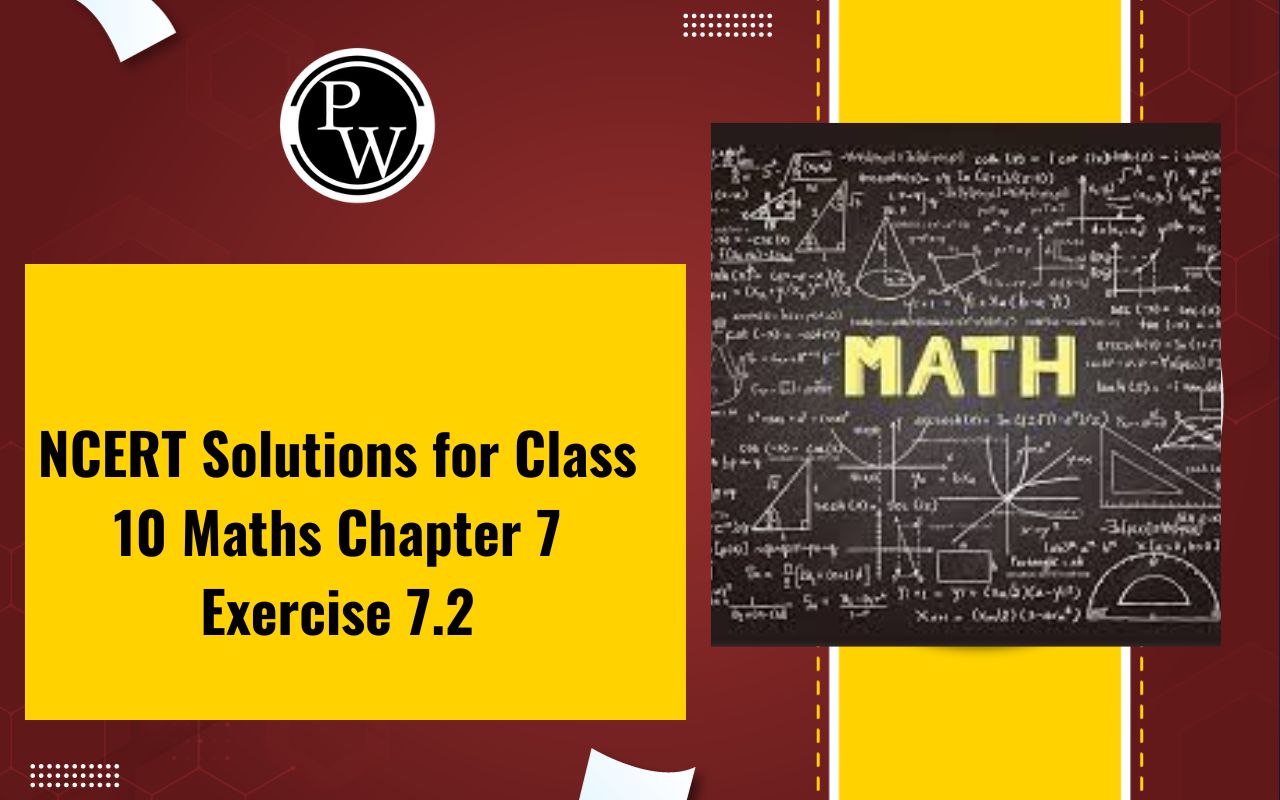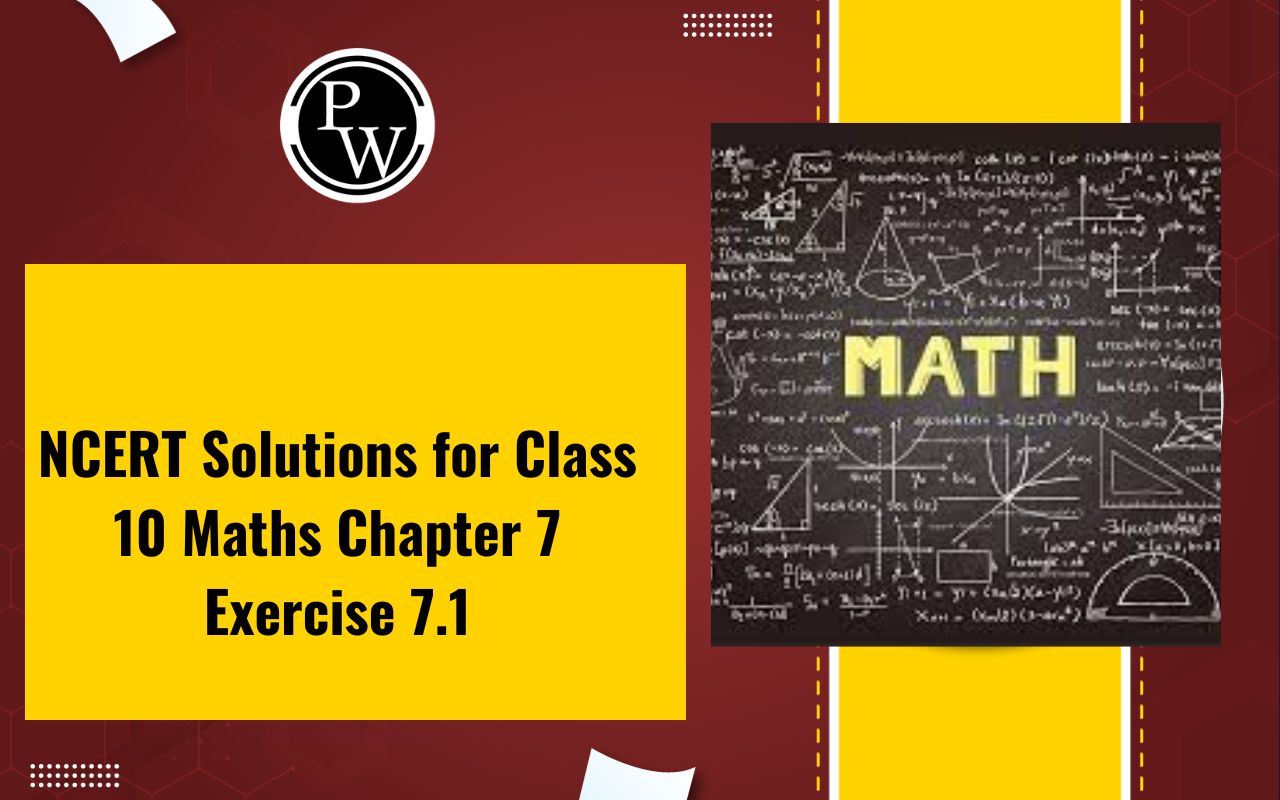
Torque is a fundamental concept in physics and engineering that plays a crucial role in our daily lives, from opening a door to the operation of complex machinery. This 2000-word article explores the torque formula and its various applications, providing an in-depth understanding of this essential physical quantity.
What is Torque?
Torque, often denoted by the symbol τ (tau), is a measure of the rotational force or the tendency to rotate an object about an axis. It is an essential concept in mechanics and is closely related to the concept of angular motion. Torque is responsible for causing objects to change their angular velocity or rotational motion.
The Torque Formula
The torque applied to an object depends on two key factors: the magnitude of the force applied and the distance from the axis of rotation where the force is applied. The torque formula is given by:
τ=r • F • sinθ
Where:
- τ represents the torque in Newton-meters (Nm).
- r is the distance from the axis of rotation to the point where the force is applied, often called the lever arm or moment arm, in meters (m).
- F is the magnitude of the applied force in Newtons (N).
- θ is the angle between the lever arm and the direction of the applied force in radians (rad).
Also Read - Theorems Of Parallel Axis Formula
Understanding the Torque Formula
- Lever Arm : The lever arm (or moment arm) is the perpendicular distance from the axis of rotation to the line of action of the force. It plays a crucial role in determining the torque. The longer the lever arm, the greater the torque for the same applied force.
- Force Magnitude : The magnitude of the applied force is directly proportional to the torque. A stronger force applied at the same distance will produce more torque.
- Angle : The angle between the lever arm and the applied force direction affects the torque. Torque is maximized when the force is applied at a right angle (90 degrees) to the lever arm. When the force and lever arm are parallel (θ = 0 degrees), torque is zero.
Units of Torque
The SI unit of torque is the Newton-meter (Nm). In the Imperial system, it is often expressed in foot-pounds (ft-lb), where 1 ft-lb is approximately 1.35582 Nm. Both units represent the same physical quantity, but the choice of units depends on regional conventions.
Applications of Torque
- Mechanical Systems : Torque is a critical parameter in the design and analysis of mechanical systems such as engines, gears, and levers. It determines the ability of a system to perform tasks like lifting, rotating, or driving.
- Automotive Industry : Torque plays a central role in the automotive industry. Engine torque is a key specification used to measure an engine's power. It is also crucial in designing transmissions, which control the transfer of torque from the engine to the wheels.
- Household Tools and Appliances : Everyday tools like wrenches, screwdrivers, and can openers rely on torque for their operation. Understanding torque helps in using these tools effectively and efficiently.
- Biomechanics : In the study of biomechanics, torque is used to analyze and understand human and animal movements. For example, it helps in assessing the forces acting on joints and muscles during physical activities.
- Aerospace Engineering : Torque is vital in the aerospace industry for the design and control of aircraft and spacecraft. It is used to control the orientation and stability of vehicles in space.
- Robotics : Robots and robotic arms use torque to perform various tasks. Understanding torque is crucial for programming robots to manipulate objects accurately.
Also Read - Perpendicular Axis Theorem Formula
Calculating Torque in Real-Life Situations
To illustrate the practical application of the torque formula, consider a few examples:
Example 1: Turning a Wrench
Suppose you are using a wrench to tighten a bolt. You apply a force of 50 N perpendicular to the wrench handle, which is 0.2 meters long. To find the torque, you can use the formula:
τ=r • F • sinθ
In this case, \( r = 0.2 \) m, \( F = 50 \) N, and \( \theta = 90 degree) (since the force is applied perpendicular to the wrench handle). Plugging in these values:
τ=0.2 • 50 • sin90
= 10 Nm
So, the torque applied to the bolt is 10 Nm.
Example 2: Car Wheel Lug Nuts
When tightening the lug nuts on a car wheel, you use a wrench with a longer lever arm, say 0.3 meters, and apply a force of 200 N at an angle of 45 degrees to the lever arm. Using the torque formula:
τ=r • F • sinθ
Substituting the values:
τ=0.3 • 200 • sin45= 21.21 Nm
The torque applied to each lug nut is approximately 21.21 Nm.
Example 3: Opening a Door
Opening a door is another common example. You push the door at a distance of 0.9 meters from the hinge with a force of 40 N applied at an angle of 60 degrees to the door. Using the torque formula:
τ=r • F • sinθ
Substituting the values:
τ=0.9 • 40 • sin60=31.18 Nm
The torque applied to the door is approximately 31.18 Nm.
Torque is a fundamental concept in physics and engineering, describing the rotational force applied to an object. The torque formula, τ = rFsin(θ), involves the lever arm, force magnitude, and the angle between the force and the lever arm. Understanding torque is crucial in various fields, from mechanics and engineering to everyday activities and robotics. It allows us to analyze, design, and manipulate systems that involve rotational motion, making it an essential concept in the world of physics and engineering.
Also Read - Average Acceleration Formula
Difference Between Torque And Force
Torque and force are related concepts in physics, but they have distinct characteristics and applications. Here are the key differences between torque and force:
- Definition:
- Force: Force is a vector quantity that represents the push or pull applied to an object to cause its motion or deformation. It is measured in Newtons (N) in the International System of Units (SI).
- Torque: Torque is also a vector quantity that represents the rotational force or moment of force applied to an object, causing it to rotate around an axis. Torque is measured in Newton-meters (Nm) in the SI system.
- Nature of Action:
- Force: Force is a linear concept, meaning it acts along a straight line. It can cause translational motion, meaning it can move an object from one place to another.
- Torque: Torque is a rotational concept. It causes objects to rotate around an axis without necessarily changing their linear position. It is responsible for angular motion or rotation.
- Direction:
- Force: Force has both magnitude and direction. It is typically described by specifying its direction along with the amount of force applied.
- Torque: Torque also has both magnitude and direction. The direction of torque is defined as either clockwise or counterclockwise with respect to the axis of rotation.
- Units:
- Force: The SI unit of force is the Newton (N).
- Torque: The SI unit of torque is the Newton-meter (Nm).
- Application:
- Force: Force is used to describe various physical interactions, such as pushing, pulling, tension, compression, and gravity. It plays a fundamental role in linear motion and the equilibrium of objects.
- Torque: Torque is primarily associated with rotational motion. It is crucial in the analysis of objects that can rotate around an axis, like wheels, gears, and levers. Torque also has applications in engineering, such as in the operation of engines and machinery.
- Effect on Motion:
- Force: A force applied to an object can result in translational motion, causing the object to accelerate or decelerate.
- Torque: Torque applied to an object causes it to undergo angular acceleration or deceleration. It can change the object's angular velocity or alter its orientation.
- Moment Arm:
- Force: The direction of a force can change, but it always acts along a straight line. There is no concept of a moment arm associated with force.
- Torque: Torque depends on the force applied and the distance from the axis of rotation where the force is applied (the moment arm). The length of the moment arm significantly affects the torque produced.
In summary, force and torque are both important concepts in physics, but they describe different types of interactions and have distinct characteristics. Force is related to linear motion and is characterized by its magnitude and direction, while torque is associated with rotational motion and depends on both the magnitude of the force and the lever arm's length.
Also Read - Instantaneous Speed Formula
Examples To Understand
Here are some everyday examples to help you better understand the concept of torque:
- Using a Wrench:
- When you use a wrench to tighten or loosen a bolt, you apply a force at a specific distance from the center of rotation (the bolt).
- The longer the wrench handle, the easier it is to turn the bolt because the longer lever arm generates more torque for the same force applied.
- Opening a Door:
- When you push or pull a door to open it, you are applying torque.
- The hinge acts as the axis of rotation, and the force you apply at a distance from the hinge (lever arm) determines how easily the door opens.
- Pushing near the handle provides a longer lever arm, making it easier to open the door.
- Using a Faucet:
- Turning a faucet to control the water flow is another example of torque.
- The force you apply to the handle (at a distance from the axis of rotation) determines how tightly the valve is closed or opened, regulating the water flow.
- Playing on a Playground Swing:
- When you swing on a playground swing, you generate torque.
- Your weight acts as the force, and the chains or ropes act as the lever arm.
- Pumping your legs to increase the distance from the pivot point increases the torque and makes you swing higher.
- Bicycle Pedaling:
- Riding a bicycle involves applying torque to the pedals.
- The force applied to the pedals creates a rotational force on the bike's wheels, propelling you forward.
- Gearing systems on bicycles allow you to adjust the torque applied for different riding conditions.
- Turning a Steering Wheel:
- When you turn the steering wheel of a car, you are applying torque to change the direction of the wheels.
- The distance between your hands on the wheel and the center of the steering column acts as the lever arm.
- More force or turning the wheel farther generates more torque for sharper turns.
- Opening a Jar Lid:
- Trying to open a stubborn jar lid requires you to apply torque.
- You exert force on the lid using your hand, and the friction between the lid and the jar determines the torque needed to break the seal.
- A rubber grip or using a cloth can increase the lever arm and help you apply more torque effectively.
- Twisting a Light Bulb:
- When you screw in or unscrew a light bulb, you are applying torque.
- The force you exert while turning the bulb is applied at a distance from the center of the bulb socket.
- The torque determines how tightly the bulb is secured or removed.
These everyday examples demonstrate how torque is involved in various activities and objects in our daily lives. Torque is essential for understanding the mechanics of rotational motion and is applicable in numerous fields, from engineering and physics to simple tasks around the house.
Torque Formula FAQs
What is force?
What is torque?
How are force and torque related?
What is the unit of force?
What is the unit of torque?










